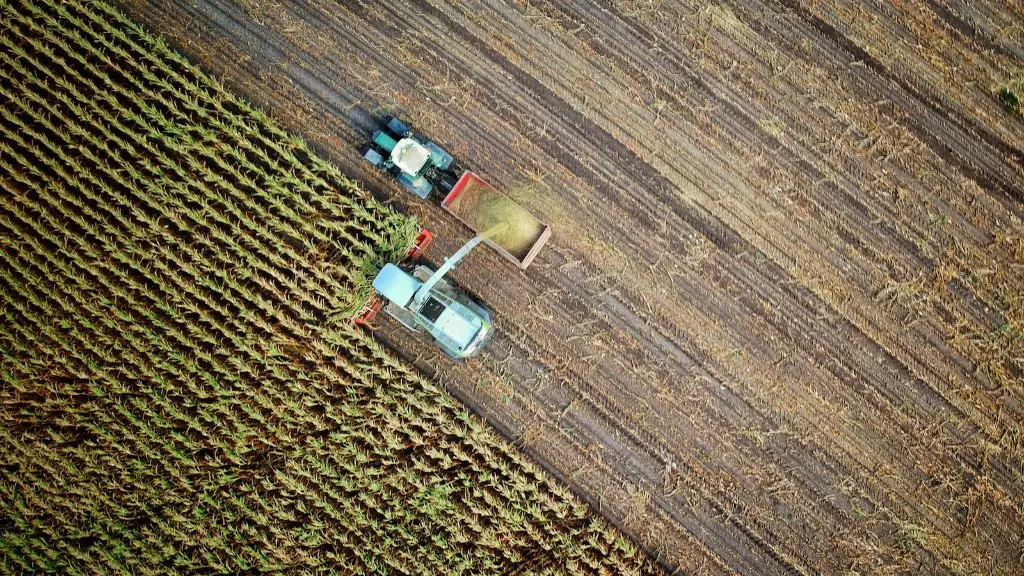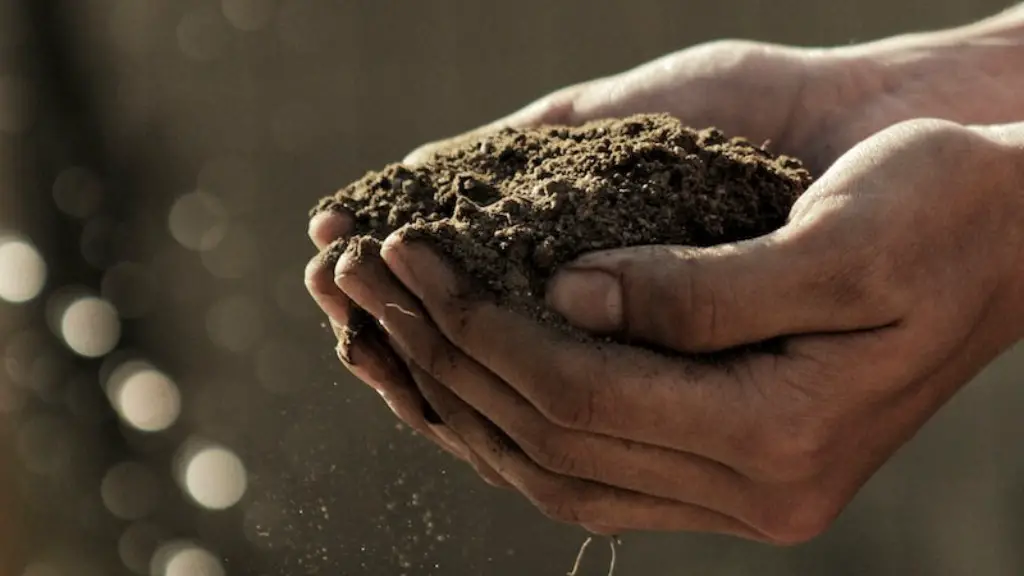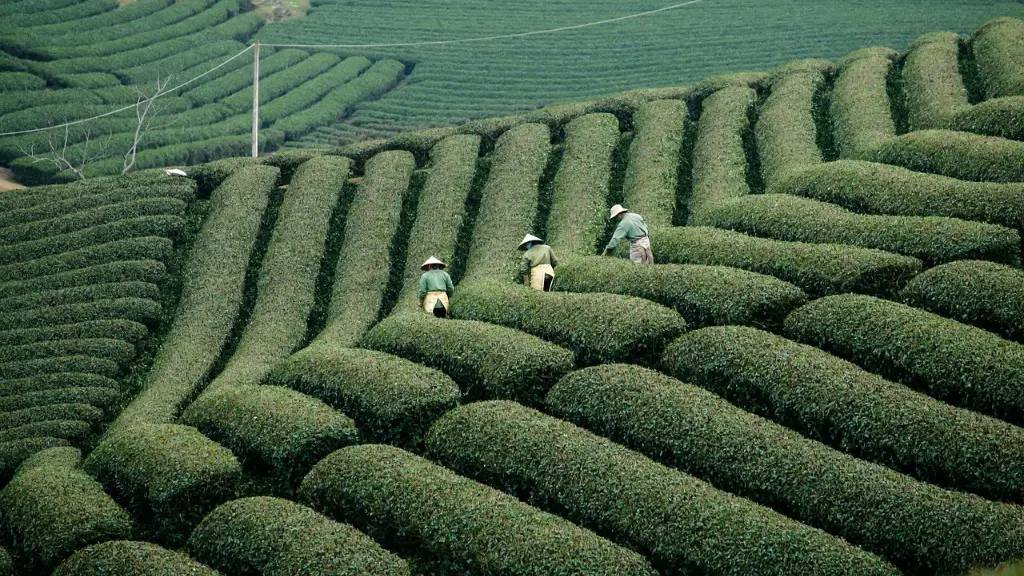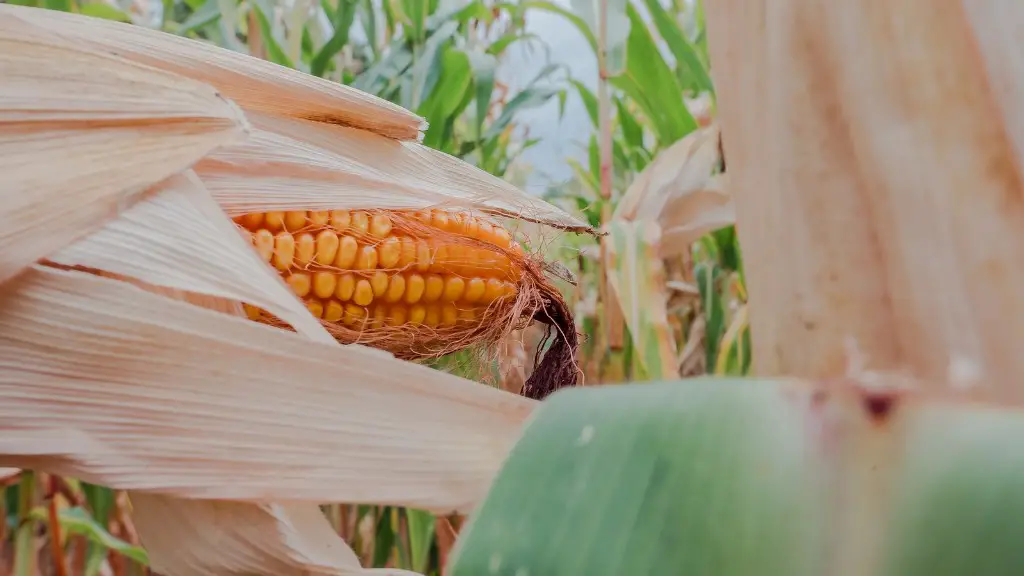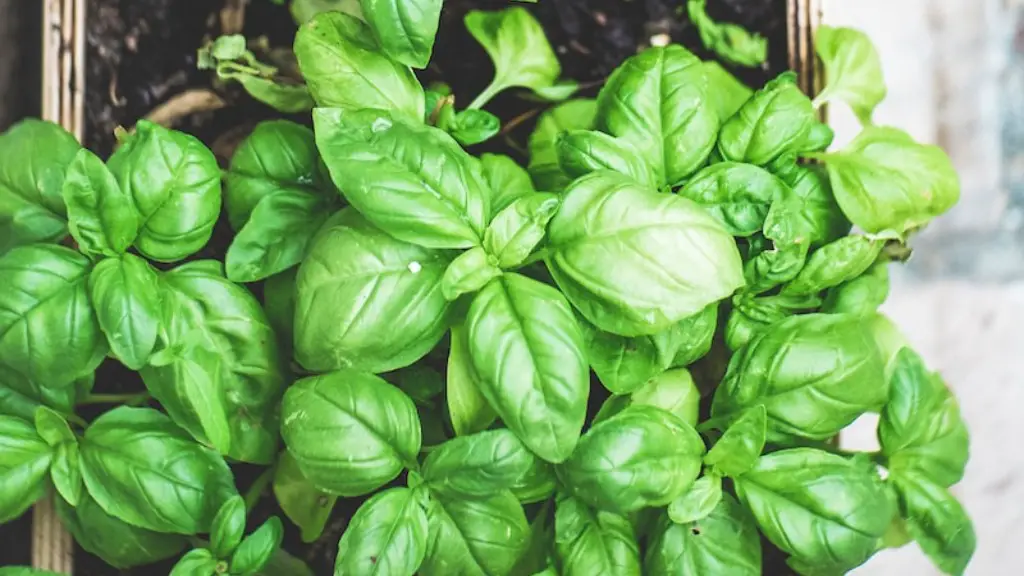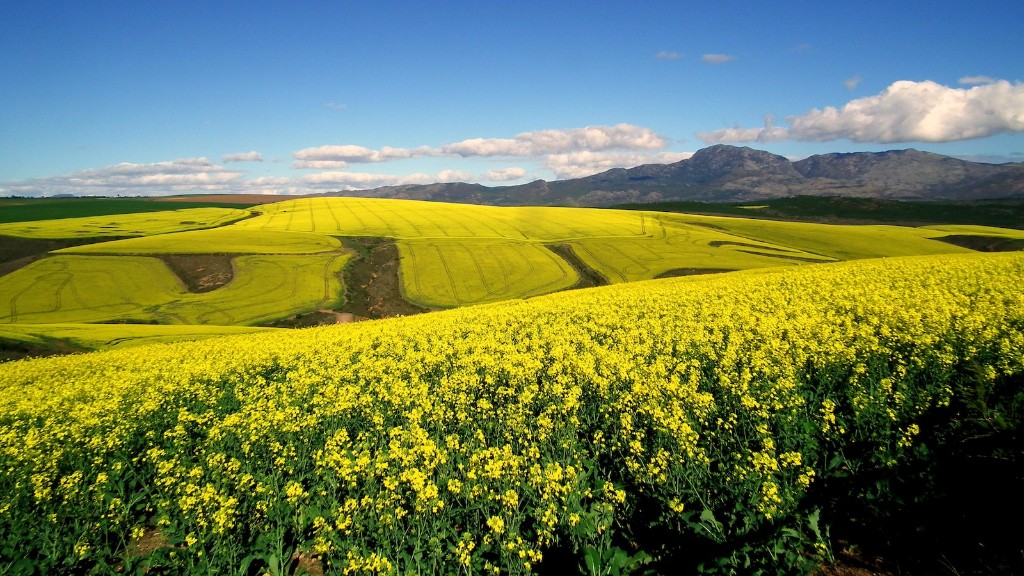Threshing is an essential process in the agricultural industry. It involves separating the edible grain or seed from the inedible stalk or husk. Threshing is an important part of the harvesting process, which variously involves reaping, garnering, bindin, and winnowing. The process of threshing is as varied as the type of grain being harvested, with different methods used for threshing different types of grain.
Today, many ancient methods of threshing are still used in traditional farming. For example, scythes, sickles, and threshing-diamonds can be used to cut or break the crop from the stalk. Flails applied to a large mass of the grain are used to loosen and beat the grain from the stalk. Traditionally, an animal such as a horse or bullock is driven around the threshing floor to trample and pull the grain from the stalks. Modern threshing machines are often driven by diesel or electric motors, and thresh several tons of crop per hour.
The process of threshing is generally divided into two stages. The first stage is known as “breaking”, which involves the use of mechanical force to separate the grain from the stalk. Manual and animal-driven methods rely on swinging a flail or walking a plough over the sheaf to gradually separate the grain. In mechanical methods, the stalk is passed over a threshing cylinder which has either knives or spikes to separate the grain, while modern combines use augers or other mechanisms to separate the grain.
The second stage is known as “cleaning”, which involves removing chaff, husk and other debris from the grain. This is done either by hand or through the use of sieves and winnowing machines. In the winnowing process, air is used to separate the lighter chaff and other materials from the heavier grain. The grain is then collected and stored for later use.
Threshing is an integral part of grain production, and its importance in the agricultural industry cannot be overstated. Threshing is necessary for the efficient production of a large amount of grain in a limited amount of time, and it is still a primary factor in modern grain production. Without efficient methods of threshing, the cost of grain production would be significantly higher. Despite advances in technology, threshing is still a labour-intensive process that requires careful attention to detail and skill in order to achieve the best results.
Threshing by Machine
Today, threshing is typically done with the help of a large machinery. Modern combines are extremely efficient machines that are able to thresh large quantities of grain in a short period of time. When threshing by machine, the stalks are fed into the combine, where the cylinder with beater shaft rotates rapidly, cutting the stalk and extracting the grain. The machine then uses an auger to transport the grain to a separator, which separates the grain from the chaff and other debris. Finally, the grain is collected in a storage tank.
Mechanical threshing is much faster and more efficient than manual threshing, and is becoming increasingly popular in modern grain production. However, mechanical threshing can be expensive to purchase and maintain, and consumes large amounts of energy. For these reasons, manual threshing is still common in many parts of the world, particularly in developing countries where access to more advanced technology is limited.
It is also important to note that mechanical threshing does not always offer the best results. In some cases manual threshing may be better for the health of the crop, since mechanization can sometimes damage the grain and make it more susceptible to spoilage. For this reason, manual threshing is still necessary in some cases.
Threshing by Hand
In some parts of the world, threshing is still done by hand. Manual threshing requires more time and patience than mechanical threshing, but can be used to produce a higher quality product. Traditionally, manual threshing was done with a flail, a large stick or rod that is used to make contact with the grain and separate it from the stalk.
Manual threshing typically involves two people, each armed with a flail. The first person uses a stick to beat the stalks, while the second person follows behind, moving the stalks from side to side and keeping the grain from being crushed. The grain is then winnowed away from the chaff in a process known as “sifting”. After the grain is separated from the chaff, it is collected and stored.
Manual threshing is still quite common in some parts of the world, particularly in Africa and in rural areas where access to mechanical threshing equipment is limited. Despite the increased labour and time required, manual threshing often yields better results than mechanical threshing, and can produce grain of a higher quality.
Benefits of Threshing
Threshing is an important process in the agricultural industry, as it is key to getting the most out of the grain harvested. Threshing separates the grain from the stalks and other debris, allowing the valuable grain to be collected and stored for later use. Threshing also increases the shelf life of the grain, as it removes any moisture or contamination that could cause the grain to spoil quickly.
In addition to its practical benefits, threshing can also help to reduce the amount of waste created by the harvest. By separating the grain from the stalks, chaff and other debris, threshing helps to reduce the amount of waste that is created from the crop. This helps to keep landfills from filling up too quickly, while also helping to reduce air pollution, which is often created by burning agricultural waste.
Threshing is an essential part of the agricultural industry, and is crucial to the efficient and successful production of grains. Threshing helps to ensure that the valuable grain is collected and stored, while also helping to reduce waste and maintain the quality of the grain. The process is labour intensive, but is necessary for efficient grain production.
Threshing Processes in Different Cultures
Throughout the course of history, threshing has been done in many different ways. Ancient cultures had their own unique threshing methods, often utilizing animals and manual labour. In Ancient Rome, for example, threshing was done with oxen and a large wooden board known as a tribulum. In China, threshing was often done with buffaloes and chariots, while in England threshing was traditionally done with a flail.
These methods are still used in many parts of the world, particularly in areas where access to modern threshing equipment is limited. Manual and animal driven methods of threshing can produce good quality grain, and often require less energy than modern mechanical threshers. Despite the increased labour required, these ancient methods are still widely used in traditional farming today.
In recent years, however, more and more farmers have turned to mechanical threshing methods in order to be more efficient and reduce the amount of time and energy required to thresh grain. Threshing machines are becoming increasingly popular in large scale grain operations, as they are able to process large quantities of grain quickly and efficiently.
Effects of Threshing on the Environment
The process of threshing can have a significant impact on the environment. Mechanical threshing machines use large amounts of energy, and can produce large amounts of air pollution. Animal-driven threshing techniques can also produce air pollution, as animals emit large amounts of greenhouse gases. In addition, threshing can create soil erosion, as it removes vegetation from the ground. For these reasons, it is important to use threshing techniques in an environmentally friendly manner.
In recent years, many governments have started to set stricter guidelines for threshing operations. In order to reduce their environmental impact, threshing machines are now required to use energy-efficient motors that produce lower levels of pollution. The use of animal-driven threshing is also discouraged in some areas, as it can lead to soil erosion and air pollution. Threshing operations are also required to use sustainable harvesting practices, such as crop rotation, to reduce the amount of soil erosion caused by the threshing process.
Threshing is essential in the agricultural industry, and must be done in an environmentally responsible manner. New guidelines are being set for threshing operations, to ensure that threshing is done in a way that is both efficient and eco-friendly.
Advances in the Threshing Process
In recent years, there have been many advancements in the process of threshing. Mechanical threshing machines are now more efficient and energy-efficient than ever before. As mentioned before, they are now required to use energy-efficient motors that produce lower levels of pollution. New threshing machines have also been developed that are more capable of processing large amounts of grain in a short period of time.
In addition, new technologies have been developed to help reduce the amount of labour required for threshing. Automated threshing machines are now capable of separating the grain from the stalks automatically, allowing for increased efficiency and reduced labour costs. Automated threshing systems can also detect the presence of weeds and foreign material, which helps to reduce the amount of time spent on cleaning and sorting.
Threshing is an essential part of the harvesting process, and advances in technology are helping to make it more efficient and eco-friendly. New threshing machines are helping to reduce air pollution, reduce soil erosion, and produce higher quality grain, while automated systems are helping to reduce labour costs.
Conclusion
Threshing is an integral part of grain production and agriculture. It involves separating the edible grain or seed from the inedible stalks and husks. In some parts of the world threshing is still done by hand, while in other areas mechanical threshing machines are used. Threshing helps to increase the shelf life of grain, while also reducing waste and improving the quality of the grain.
Advances in technology have helped to make threshing more efficient and eco-friendly, and new threshing machines are now capable of processing large quantities of grain in a short period of time. The process of threshing is essential for efficient production of grain, and will continue to be an integral part of the agricultural industry for many years to come.
